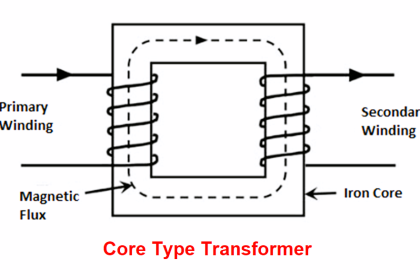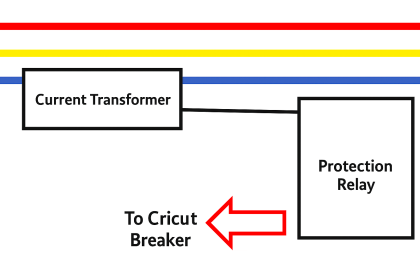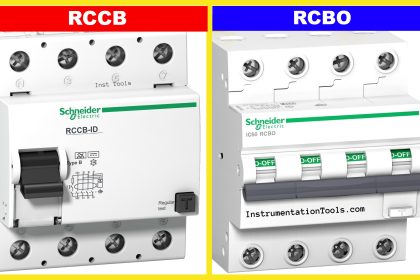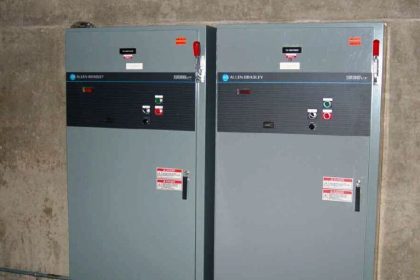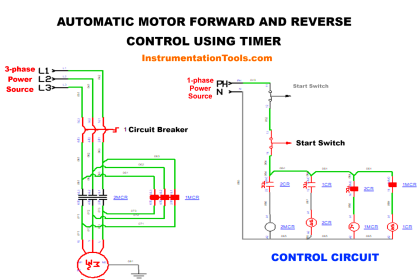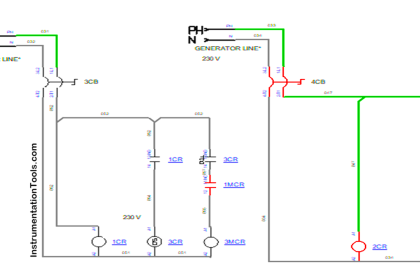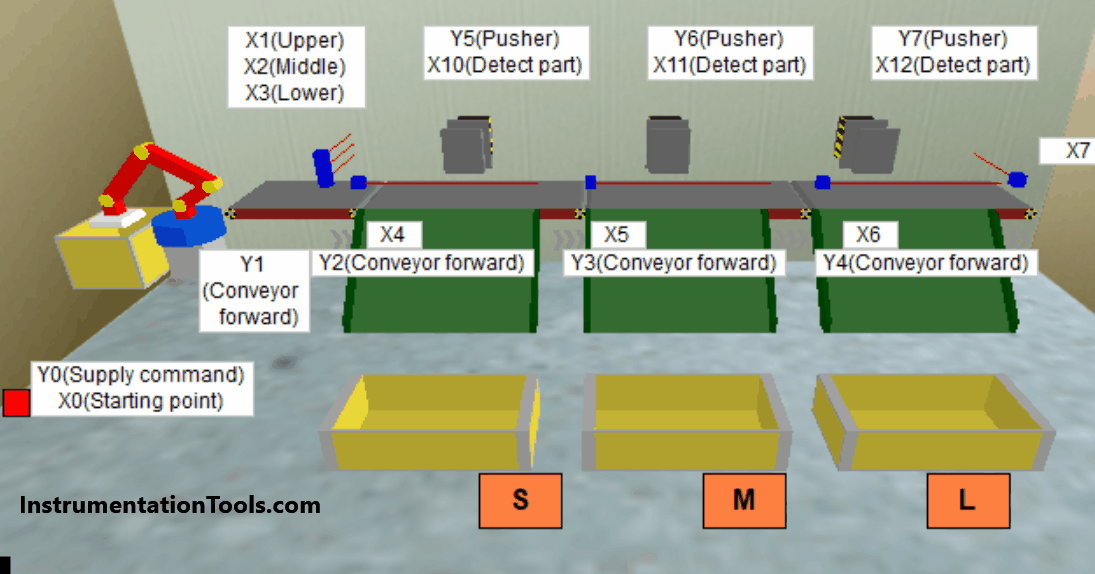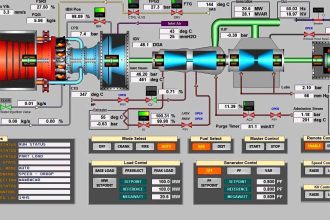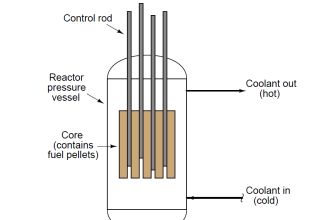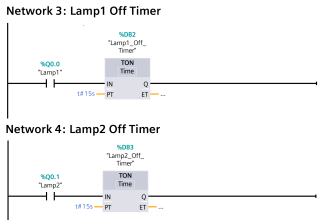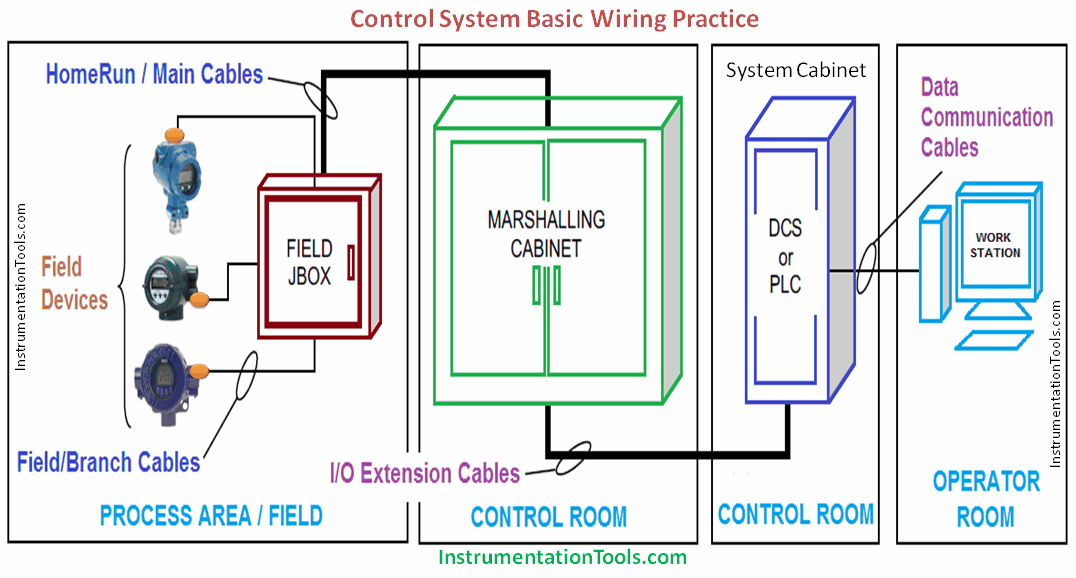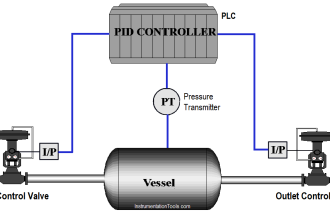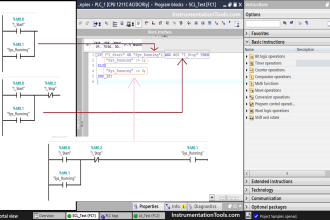In this post, we will see the concept of corona discharge in power transmission lines.
So, you all must have surely seen power transmission lines. They are used to conduct high voltage electricity and transmit them to long distances. The voltage is very high and typically, it ranges around 440 KV or higher.
Now, sometimes, you must have seen a violet color spark around the lines; or heard some large humming (cracking) noise around the lines. This is nothing but corona discharge.
In this post, we will have a look at what is corona discharge, how it occurs, the factors affecting them, its effects, and how to prevent it.
What is Corona Discharge?
Corona Discharge or Corona Effect is an electrical discharge caused by the ionization of a medium such as air surrounding a conductor. Basically, when the strength of this medium is broken by very high tension, then it creates sparks and noise.
Refer to the below image for understanding. The left-hand side image represents the transmission lines with the wire shown as the conductor. The right-hand side image shows the in-depth representation of two nearby conductors (wires in a transmission line).
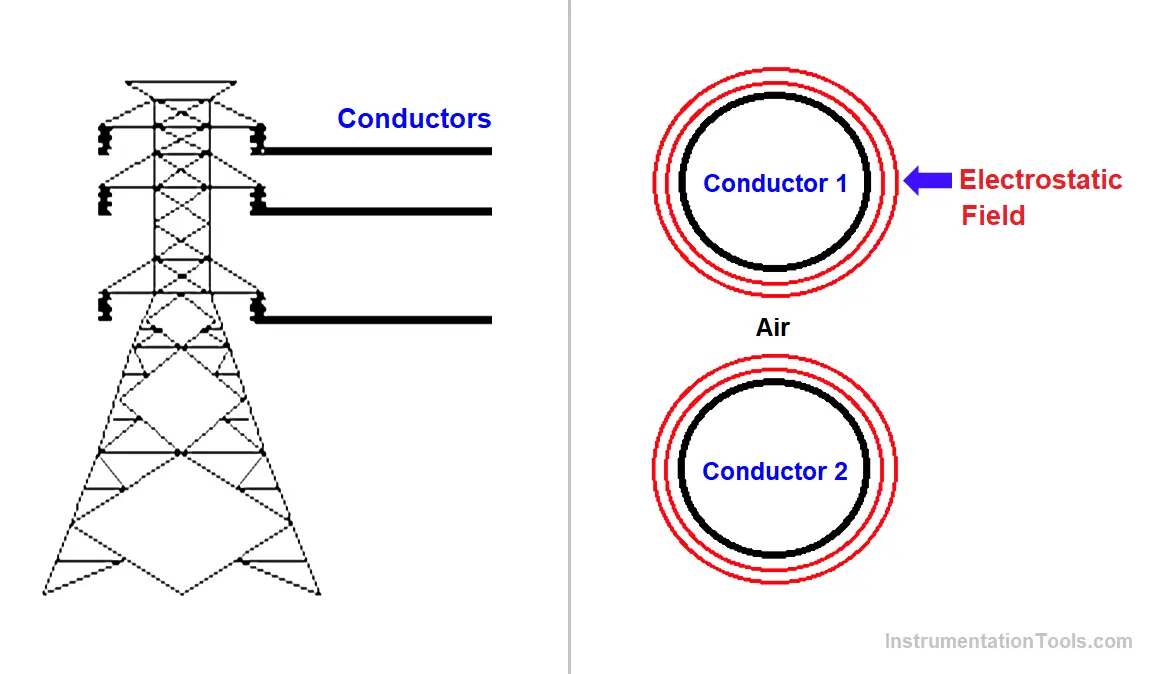
Now, as the conductor is carrying high voltage power in it, an electrostatic field is automatically created around it. This brings the effect of potential gradient (voltage variation with respect to distance) in the picture.
So, suppose the conductor is carrying 440 KV. The red circle in the right side image shows the electrostatic field that is created in the air every 1 cm. from the conductor.
After leaving 1 cm, the voltage present in the field is 330 KV for example. When you further leave 1 cm ahead, the voltage present in the field is 220KV. So, as the distance increases, the voltage present in the air decreases.
The air acts as the dielectric medium between the conductors (acts as insulation in short). It can withstand up to 30KV/cm of electrical voltage in it. That means, if the voltage created by this electrostatic field is less than 30KV/cm, then no leakage will happen.
But, if the voltage exceeds, then the dielectric strength of the air is put to test and it starts to leak (means it starts to ionize and current starts to flow through it). This causes the breakdown of insulation, as the air is now conducting electricity.
Due to this, a violet color spark arises near it or a cracking/humming sound appears. This is called corona discharge.
Factors affecting the Corona Effect
As you must have seen, the air is the main media for showing us corona discharge. Air is affected by temperature and humidity.
So, normally during the rainy season, corona discharge occurs at a lower voltage/cm and during the non-rainy season, the effect is shown at a higher voltage/cm. So, corona discharge occurs at a much higher rate during monsoon.
Line voltage and frequency is the second factor affecting the discharge. If the transmission line voltage or frequency is more, then the electrostatic field voltage will also be more, and thus, the corona effect will be seen more frequently.
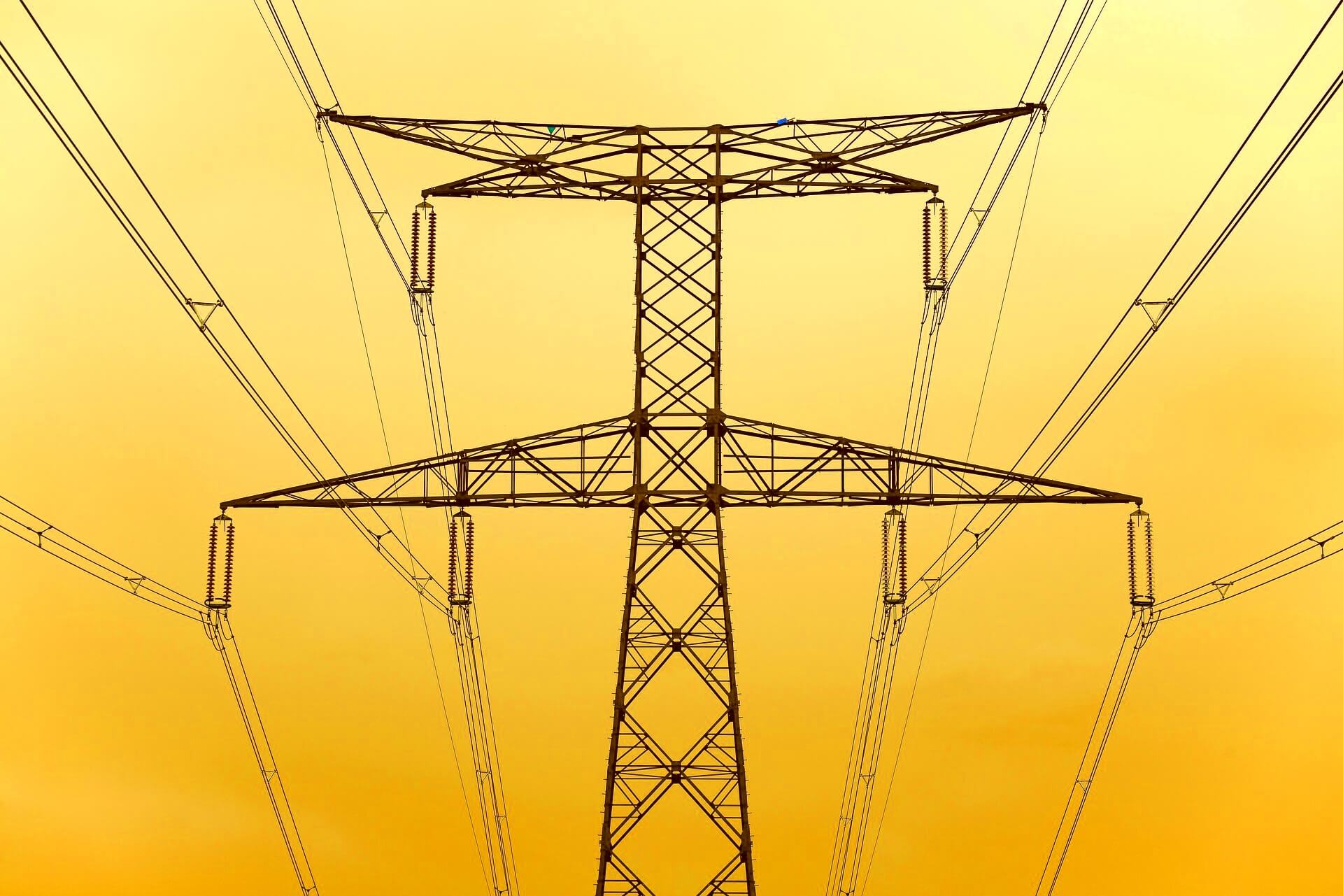
Effects of Corona Discharge
Corona effect is a very unprofitable thing in electrical theory and not controlling it can lead to many issues.
One of the major problems is power loss. As a large amount of electrostatic energy is wasted due to insulation breakdown of air, power loss is also very large in transmission lines at that point of time.
Also, as the frequency of this noise is very high, it can interrupt with nearby radio, TV, or other types of frequencies. Corona discharge produces ozone gas in the nearby surroundings which can reduce the life of the conductor as well as the insulator.
So, the corona effect must be controlled and reduced to a minimum value to avoid damage. It is impossible to completely eradicate it, but it can be arrested to a great extent to avoid further damages.
How to Reduce Corona Discharge?
- Increase the conductor diameter or increase the spacing between two conductors. But, increasing spacing is generally not advisable, because the towers too will have to be manipulated then and it will increase its design cost. So, normally the diameter of conductors is increased.
- Use corona rings near the conductor. It is a circular device that arrests the corona discharge and thus, reduces its effects. Also, use bundled conductors which will reduce its effects. It is not possible to describe both these ideas in detail here, as it is very vast in the subject.
In this way, we saw the concept of corona discharge in power transmission lines.
If you liked this article, then please subscribe to our YouTube Channel for Instrumentation, Electrical, PLC, and SCADA video tutorials.
You can also follow us on Facebook and Twitter to receive daily updates.
Read Next:
- Tripping Protection in MCCB
- Earth Leakage Circuit Breaker
- Star Delta Starter Circuit Diagrams
- Control Two Motors after Time Delay
- Thermal Protection Relay for Motors
